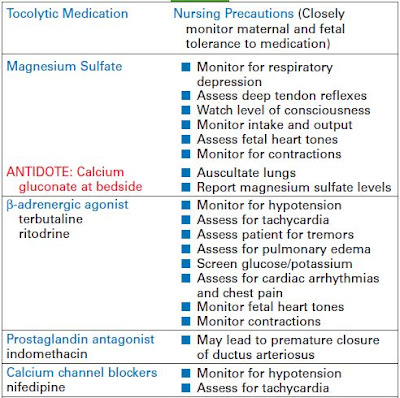Gestational Diabetes
It is a glucose intolerance that is first recognized in pregnancy.
Clinical Findings
- Polyuria
- Polydipsia
- Polyphagia
- Fatigue
- Blurred vision
- Glucosuria
- Recurrent yeast infections
- Slow healing wounds
- Abnormal glucose results
- 1-hour glucose 140 mg/dL
- Abnormal 3-hour glucose tolerance test: 2 out of 4 values elevated
- FBS 95mg/dL
- 1-hour 180mg/dL
- 2-hour 155mg/dL
- 3-hour 140mg/dL
Outpatient Management
- Dietician consult for ADA diet instructions
- Discuss pathophysiology of gestational diabetes with patient
- Demonstrate home glucose monitoring
- Review range for glycemic control
- Demonstrate logging of glucose results
- Discuss role of exercise in glycemic control
- Demonstrate urine ketone testing
- Demonstrate insulin administration
- Teach patient to count fetal movements
- Find comfortable position in quiet place and concentrate on fetal movement
- Document time of first fetal movement and time required for 10 movements (should not take more than 2 hours)
- If pattern of movement decreased, REPORT immediately



